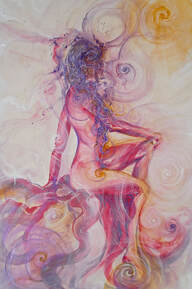|
Crop Circles: History, Research And Theories by Eva-Marie Brekkesto Wessex Books
0 Comments
Oxfordshire Artweeks celebrated its 40th year in 2022 and the turnout to all the art exhibitions in May was incredible! Thank you to everyone that came to The Spice of Life, behind the Spice Lounge restaurant in Summertown. It was wonderful to be able to exhibit 'Porthole', 'Sun Light Codes' and 'Sacred Geometry Bots' from my Spring Collection - Circular exploring the sacred geometry of the circle and colour symbolism, as well as some older favourites. The Book of Numbers by William Harston John Blake Publishing (Metro Books) 978-1-86066-112-9 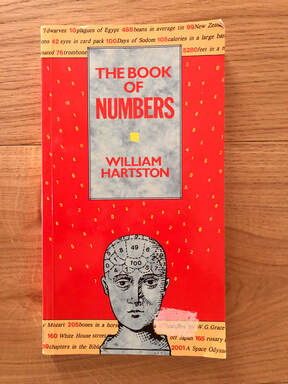 Recommended Read this week is 'The Book of Numbers' by William Harston, a mathematician and industrial psychologist, published by John Blake Publishing. Personally, as an avid collector of information and data, I enjoyed his fun reference book about the meaning of specific numbers, in literature, art and music, statistical information, coincidences, oddities, and numerical historical facts. Was Douglas Adams was right about 42 being the answer to life, the Universe and Everything? The author, William R Harston, is a journalist who writes the Beachcomber column in the British newspaper the Daily Express and is an accomplished chess player. He played chess competitively from 1962 to 1987, with a highest Elo rating of 2485. Randomly, during his time as a PhD student at Cambridge, Hartston became the first person to stack the pieces from an entire chess set on top of a single white rook.
The Eye - The Seer and the Seen by Francis Huxley Thames and Hudson 978-80500-810347 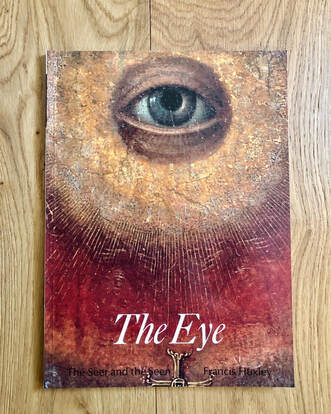 Recommended Read this week is 'The Eye - The Seer and the Seen' by Francis Huxley, Thames and Hudson. Not a huge book but a good general overview of the importance of the Eye as a symbol in different cultures. Also because Huxley was an effective advocate and activist for indigenous peoples and the Eye is my favourite symbol. Francs Huxley (1923 - 2016) was an anthropologist and botanist with diverse interests and a lifelong interest in shamanism and the altered states of consciousness often experienced by sacred 'healers'. In the 1950's his pioneering fieldwork among the Urubu people of the Amazon basin and his book 'Affable Savages' (1956) resulted in new personal reflective approach to the study of culture, rather than objective. He was also an activist for indigenous peoples, founding Survival International with fellow anthropologists. Survival International provides a platform for exposing genocide, violence, slavery and exploitation. Francis was the son of Julian Huxley, biologist and first director general of Unesco. He was part of a dynasty that included Julian’s brother, the author Aldous Huxley, and half-brother, the physiologist and Nobel laureate Andrew Huxley. Francis was also the great-grandson of Charles Darwin’s friend Thomas Henry Huxley.
A Beginner's Guide to Constructing the Universe by Michael S Schneider Harper Perennial 978-0-06092-671-7 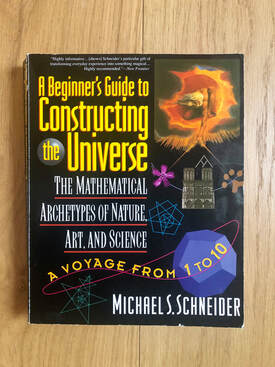 Recommended Read this week is 'A Beginner's Guide to Constructing the Universe' by Michael S Schnieder published by Harper Perennial. Another book that is a readable and informative introduction to sacred geometry. Schnieder focuses on the drawing/construction of the geometric principles created by 0, 1 to 10, sequentially. He includes relevant quotes, examples in nature, the human body, myths, art and architecture. Plenty of interesting material about each of the numbers but he does not draw any conclusions. Calling himself 'an educator and writer who encourages a love of learning' on his website Schnieder provides numerous workbooks and CDs about 'the intersections of mathematics, nature, art, science and culture'.
Man and His Symbols by Carl G Yung Publisher keeps changing 0-613-92267-0
The great psychologist dreamed that his work was understood by a wide public, rather than just by psychiatrists, and therefore he agreed to write and edit this fascinating book. Here, Jung examines the full world of the unconscious, whose language he believed to be the symbols constantly revealed in dreams. Convinced that dreams offer practical advice, sent from the unconscious to the conscious self, Jung felt that self-understanding would lead to a full and productive life. A gem of architectural mystery, internally the Rosslyn Chapel is covered by carved images that have piqued the interest of historians trying to unravel their meaning. Made famous by Dan Brown's 'De Vinci Code' the chapel welcomes hundred of intrigued visitors every year, which helps to restore and maintain this delightful structure. Founded in 1446 by Sir William St Clair the chapel took only 40 years to build. Naturally, with so much overt symbolism, the Knights Templar and Scottish freemasonry are part of the chapel's history. 'The Rosslyn Motet' (2006) by Stuart Mitchell Music. Stuart composed this beautiful piece based on some 27 years of research by Thomas J Mitchell (Stuart's father) into the musical references of the Rosslyn Chapel carvings of organised cubes, now called the Rosslyn Frequency. The first youtube below describes this research and its links with cymatics, and the second introduces the Rosslyn Motet. Purchase the Rosslyn Motet from Stuart's store. 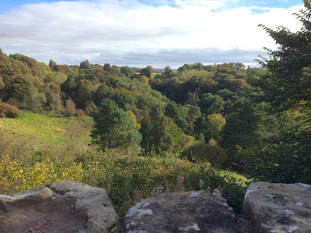 Rosslyn Chapel, Rosslyn, is located in stunning surroundings a short journey beyond the southern fringe of Edinburgh, Scotland. Spring flowersWhere better to see sacred geometry, colour, the Elements and pure creative intent - the components of alchemical art - than in Nature. Spring flowers provide us with a feast for our senses and overtly display the use of sacred geometry and colour to perfection. As living yantras they can be used for meditation and reflection. And it is not surprising that we have given flowers additional symbolic meanings, then presented as gifts to convey these meanings in an intimate and personal way. Personally I could look at flowers for hours as they are fascinating as well as beautiful - within them we can find all the rules of the geometric blueprint, colour combinations reflecting harmonious musical notes, pattern making, fractals, stimulating scents...and so much more. But mostly because it is such a pleasant experience to be with flowers. It came to me to do this post while wandering through my garden, enjoying the spring flowers and taking the photographs below. Until using them in a gallery I hadn't realised how all except one (the red one at the end) include the colours purple, yellow and white. Something I will reflect on... Keith Critchlow's -sacred geometry of flowersKeith Critchlow's book "The Hidden Geometry of Flowers - Living rhythms, form and number" is a masterpiece of work examining the sacred geometry within flowers and also flowers as the original source of human life. To hear more listen to his presentation on the youtube video below. Archetypal symbolism using a variety of geometric shapes is ancient, stretching back to the dawn of man's earliest artworks as seen in petroglyphs around the world. Our ancestors’ simple drawings on rocks and artefacts gave tangible form to the harmonious patterns of life and the intangible order uniting the Universe. They give 'form to the formless' and are abstract expressions of the science manifesting reality.
Ueshiba Morihei (founder of aikido): Down the generations all cultures have used simple shapes such as these and they, like Zen artists, had the same profound understanding that the simple patterns shaping the Universe were themselves sacred and empowered. Other examples, used extensively in my books, are yantras and mandalas. Tantra Yoga is the path of union with the Absolute through geometric visualization in Tantric Hindu and Buddhist traditions. Central to Tantrism are elaborate and precise geometric patterns, known as mandalas or yantras, some of which are thousands of years old. In this tradition the triangle, circle and square were significant Vedic forms which symbolised spirituality, evolution and the Earth respectively. Additionally in both Indian and Japanese esoteric teachings, such as Mikkyo, these shapes represent earth (square), water (circle) and fire (triangle). Simple shapes embodying intricate complexity, the circle, square and triangle structure and bind the 3 profound concepts of time (evolution: Mind, serenity and perfection:water), space (Earth:Body:earth) and being (spirituality:solidity and applied control:fire). The empty circle, the vessel for all geometry shapes, when totally empty is the essence of enlightenment. Here is my version of these timeless concepts: 
GREEN symbolism Known as the ‘fulcrum colour’, green is the midway colour on the spectrum. Neutral in temperature, green brings physical equilibrium where positive and negative are balanced. Green has a strong kinship with Nature, helping us connect and empathise with others and the natural world. Instinctively we seek green when under stress as it creates a feeling of relaxation, calmness, space and balances the emotions. Because of this green is one of the major healing colours. In Buddhism, vernal green is the colour of life and pale green the kingdom of death and everything pertaining to death. In Christianity, vernal green represents immortality and hope, the growth of the Holy Spirit within humans, life and spring. Green was the colour of the Trinity and the Epiphany in Medieval times. For Celts, green symbolised the Earth Goddess. Green marked the beginning of the ‘Great Work’ for alchemists and was used in preparation for transmutation of base metals into gold. Green symbolism, extract from 'The Hidden Geometry of Life'. Greenery is a fresh and zesty yellow-green shade that evokes the first days of spring when nature’s greens revive, restore and renew. Illustrative of flourishing foliage and the lushness of the great outdoors, the fortifying attributes of Greenery signals consumers to take a deep breath, oxygenate and reinvigorate. Greenery is nature’s neutral. The more submerged people are in modern life, the greater their innate craving to immerse themselves in the physical beauty and inherent unity of the natural world. This shift is reflected by the proliferation of all things expressive of Greenery in daily lives through urban planning, architecture, lifestyle and design choices globally. A constant on the periphery, Greenery is now being pulled to the forefront – it is an omnipresent hue around the world. A life-affirming shade, Greenery is also emblematic of the pursuit of personal passions and vitality. |
Archives
December 2023
Categories
All
|
Gateway to the Heavens Do you realise you actually shape your destiny and shapes influence your destiny. If you want to understand how this works ask Karen to give a talk about it or read her excellent book. You may have hated even the mention of geometry at school, but Karen's simple and illustrated explanations will give you a real insight into this fascinating topic. |
The Hidden Geometry of Life The attentive audience was enthralled by Karen's introduction to the principals of this truly multi-dimensional topic ... The energy in the room, by the end of the evening, was well and truly charged! |
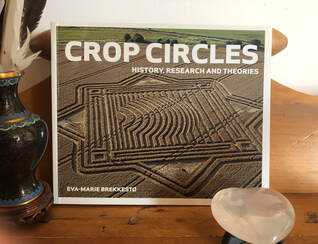
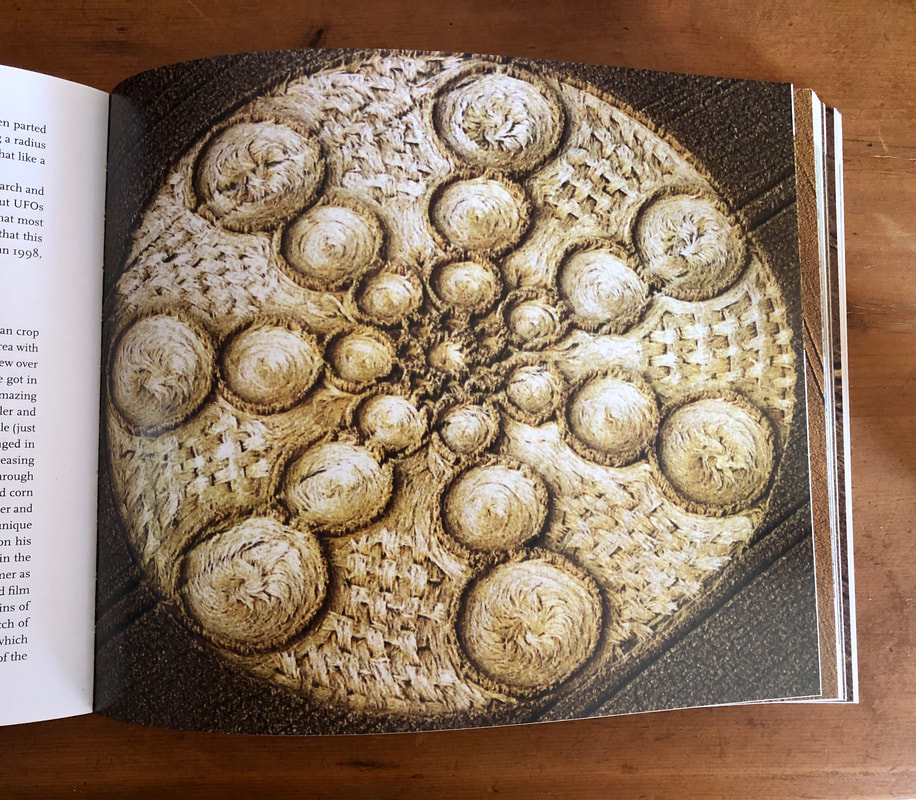
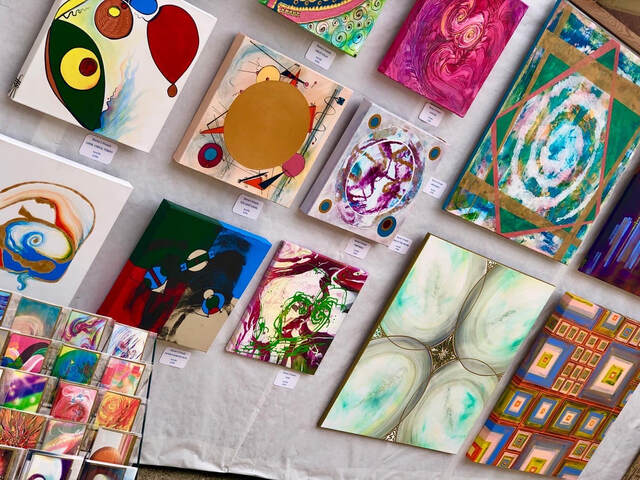
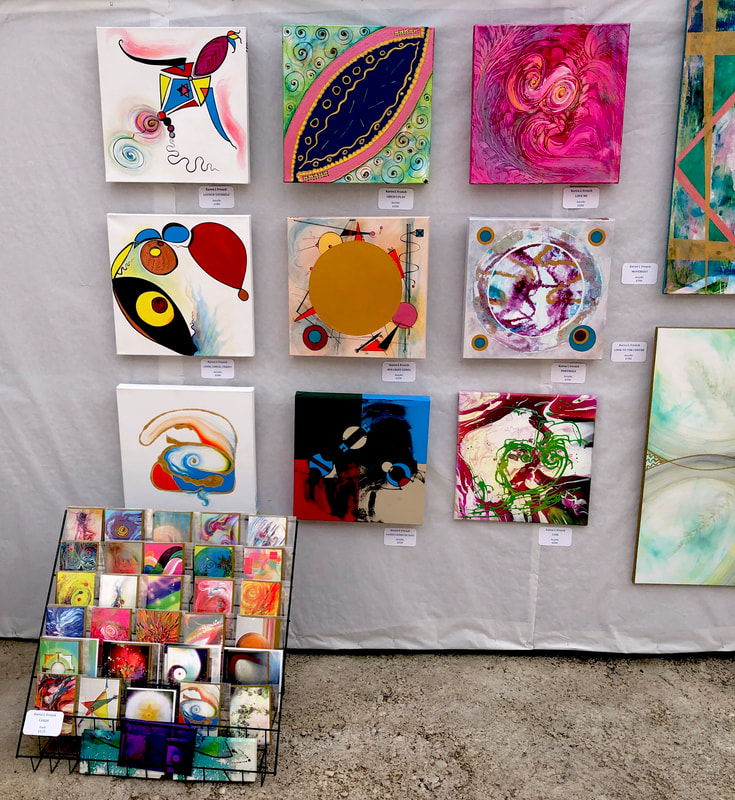
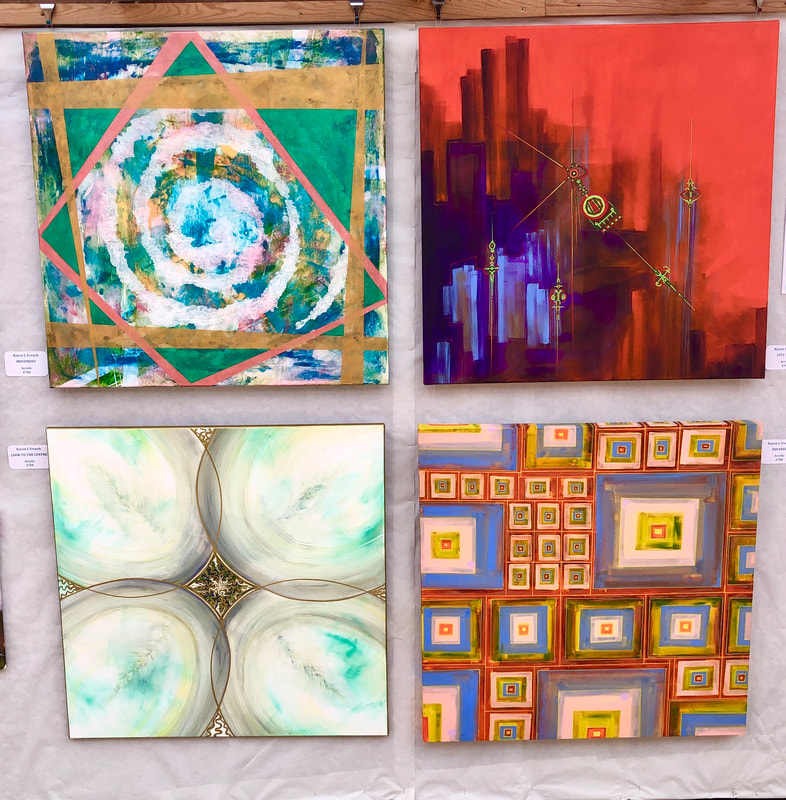
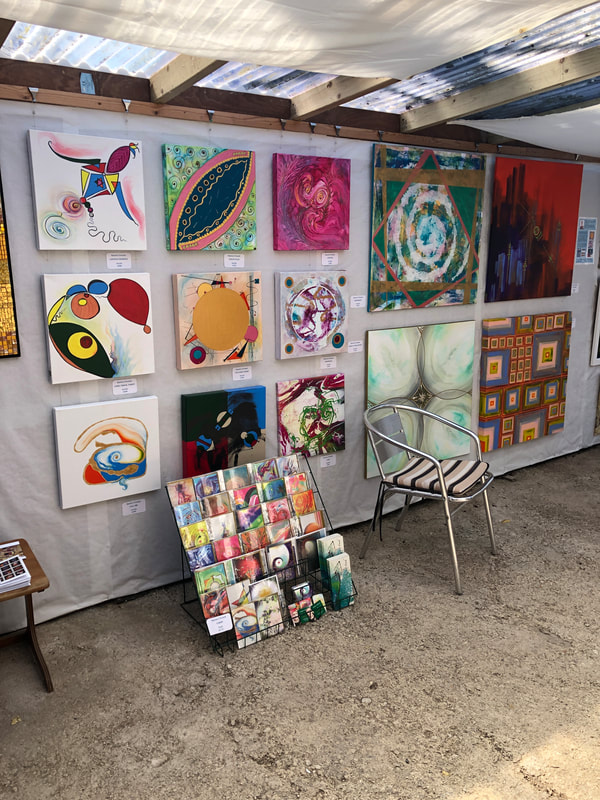
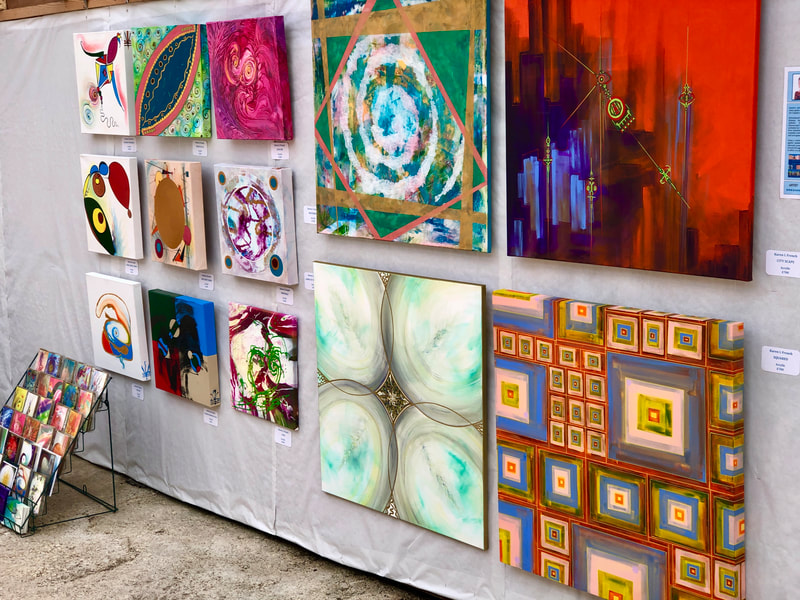
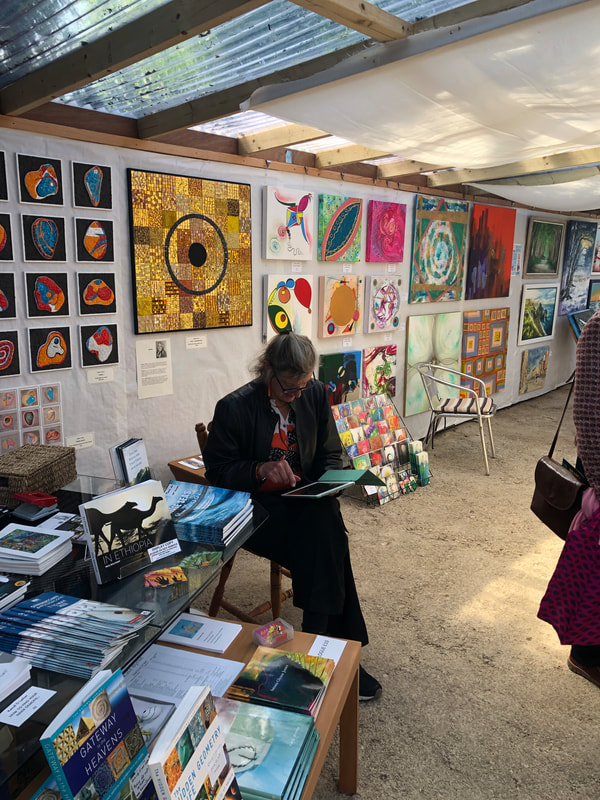
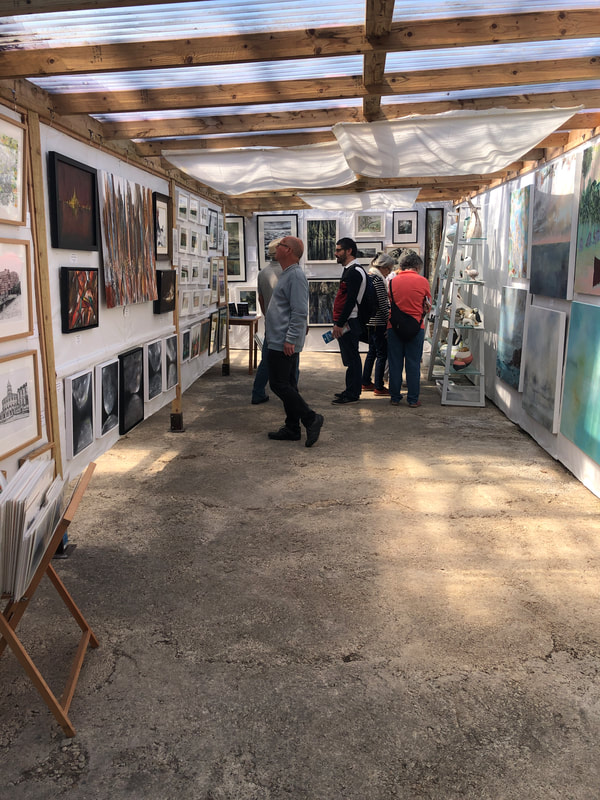
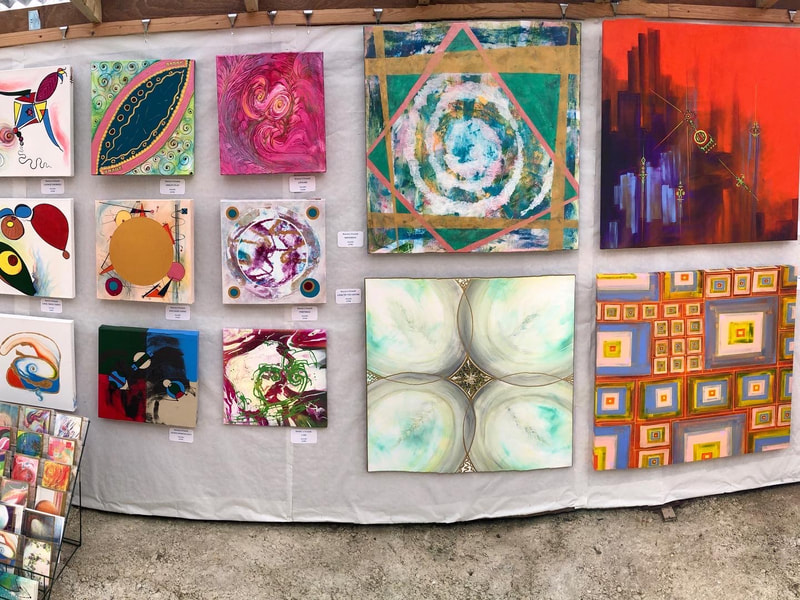
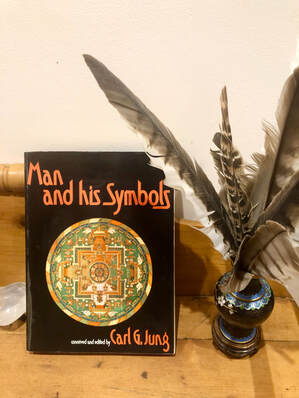
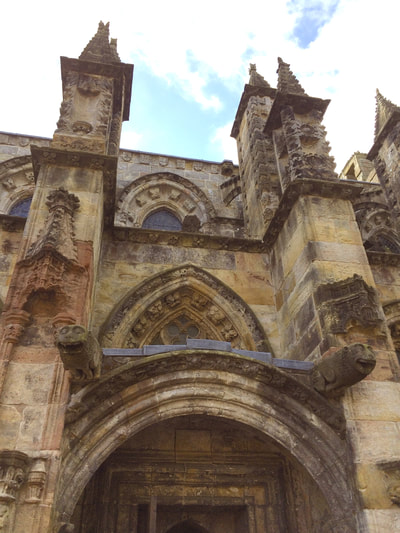
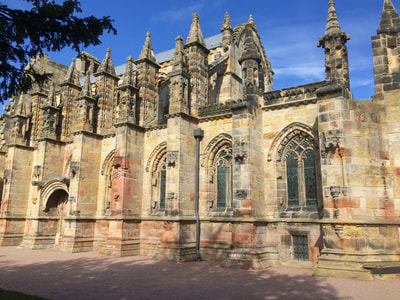
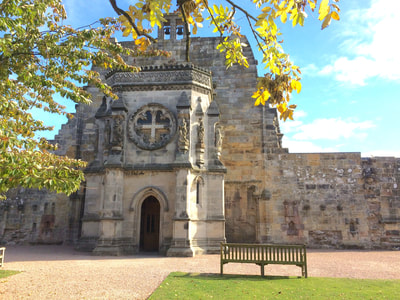
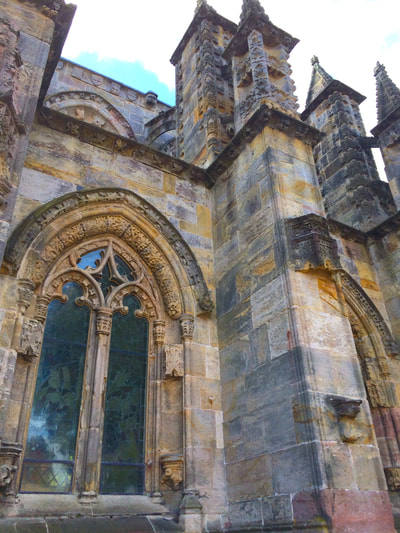
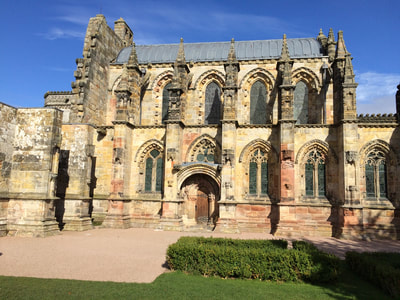
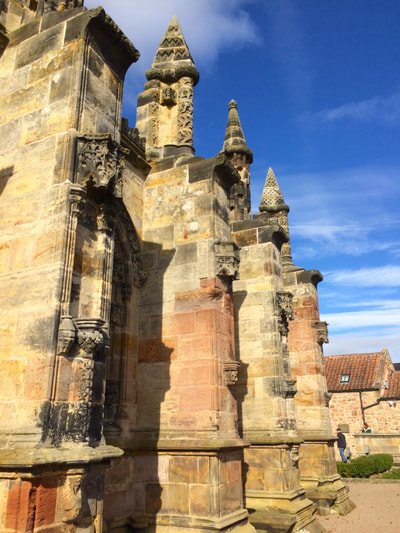
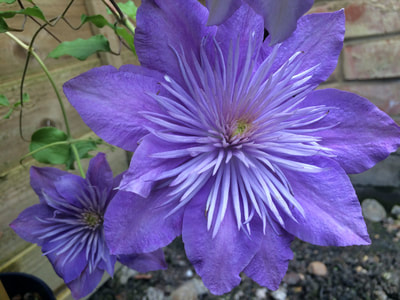
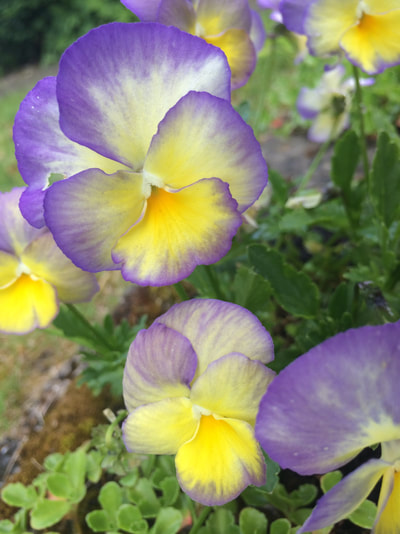
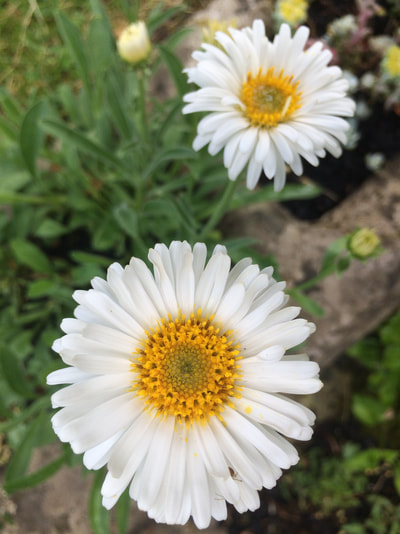
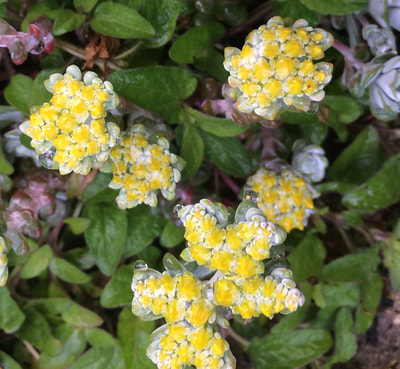
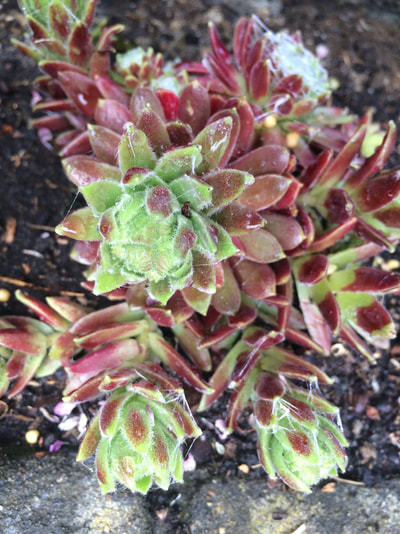
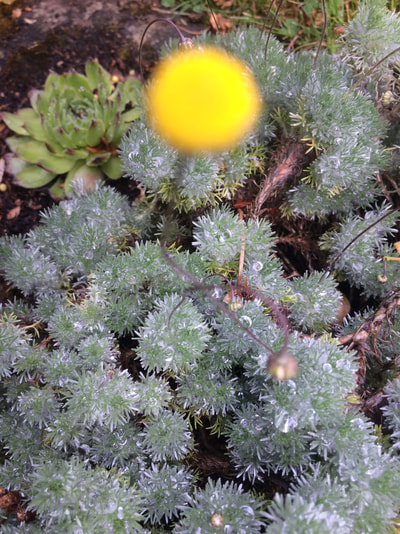
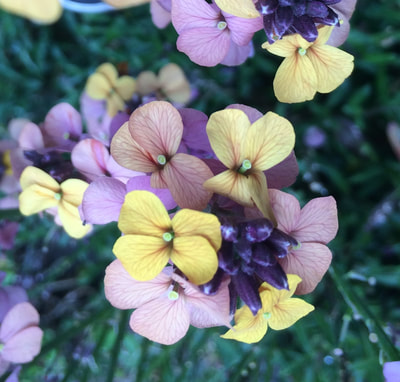
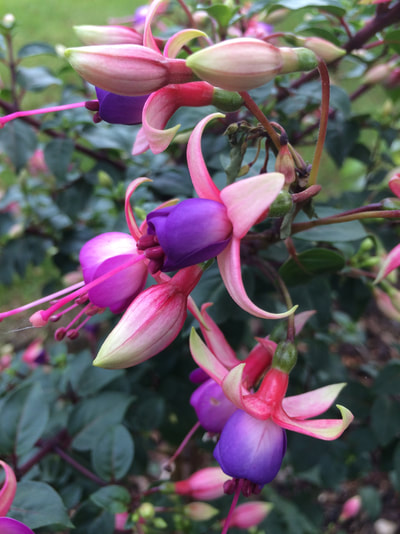
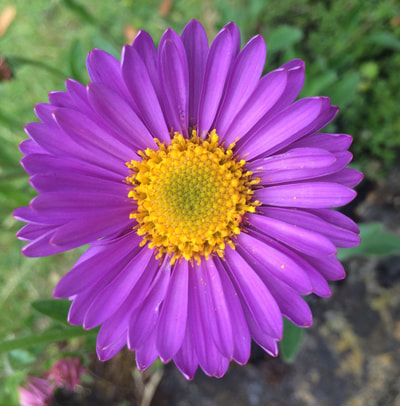
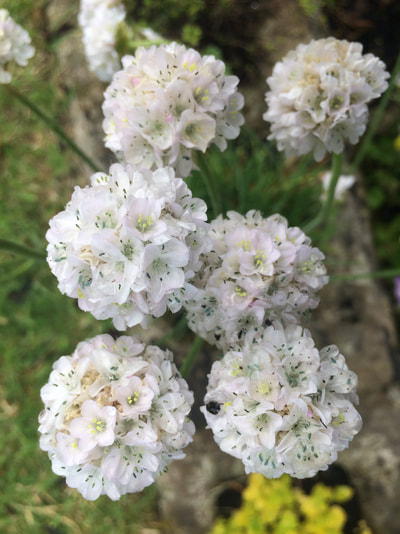
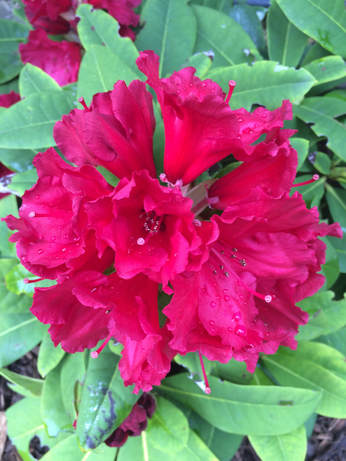
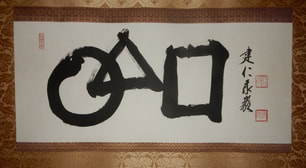
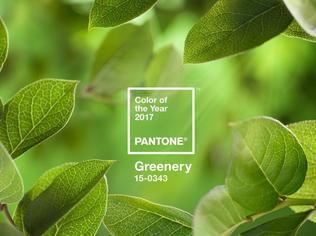

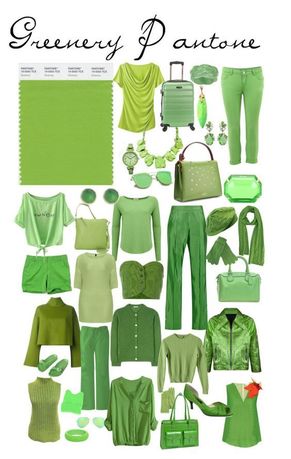
 RSS Feed
RSS Feed

